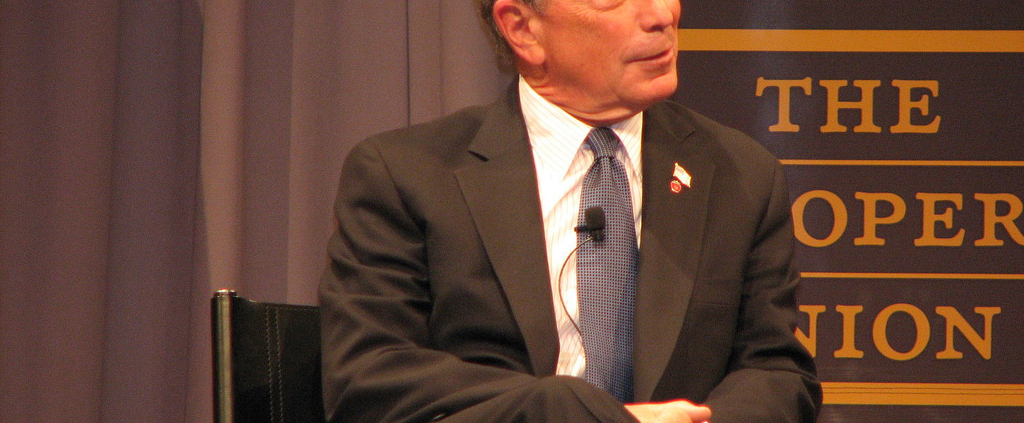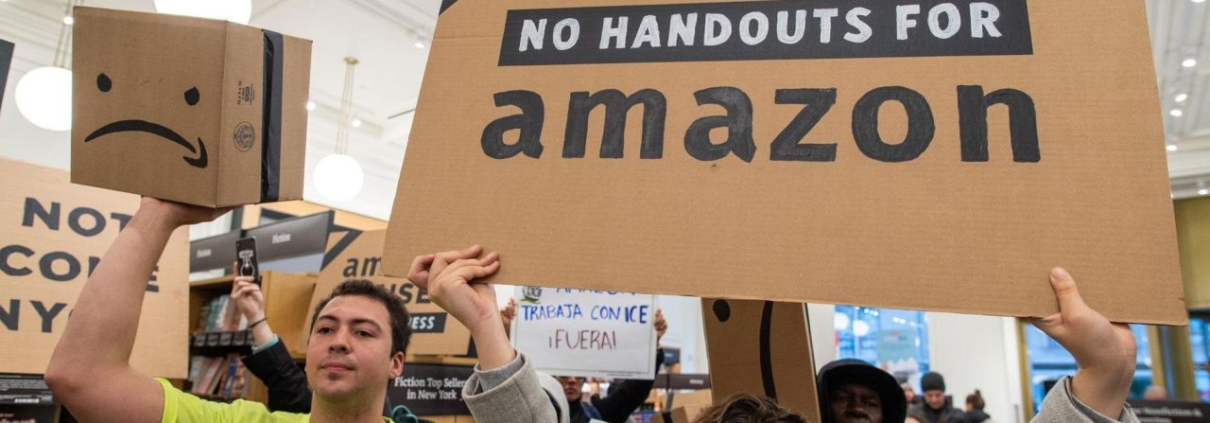Is All Meat Created Equal?
Here’s What You Need To Know
As we gear up for July Fourth, we know everyone is busy planning for events that are sure to be full of loved ones, parades and fireworks, and grilling to celebrate freedom and our great nation. Besides pausing to reflect on those who have given their lives to secure this freedom throughout our nation’s history – and those who continue to do so – many Americans will also make big trips to the grocery store, as Americans spend a total of $6.8 billion dollars on food to fuel their Independence Day festivities.
Whether grilling burgers, hotdogs, or something else, cookouts are integral to Fourth of July celebrations. This year, however, is likely to include more plant-based “meat” alternatives on the grill than ever before. From people looking for healthier options to those abstaining from meat for moral, environmental, or religious reasons, more consumers are choosing to become “lessetarians.” In this special holiday edition of TL;DR, we explore the popular rise of plant-based meat and what it will mean for consumers, businesses, and regulators alike.
- Plant-Based Meat Rising: There are many more plant-based options than there were a few years ago, and they seem to have arrived in a big way. Beyond Meat’s blockbuster IPO in May proved to the world just how popular these plant-based meats have become. The company and its main rival Impossible Foods, backed by Bill Gates, are even facing supply shortages due to surges in demand. Impossible Burgers will be sold in at least 17,000 restaurants by the end of the year thanks to its partnership deal with Burger King. Other fast food chains such as White Castle and TGI Fridays are also looking to cash in on this trend, and food giants such as Nestlé and Tyson Foods are launching their own lines of alternative proteins targeted to these “lessertarians.”
- What Are Some Key Consequences Of This Trend? The growth of this industry will create consequences extending far beyond grocery store aisles. As we have discussed in a previous edition of TL;DR, the meat industry faces regulatory and public affairs challenges from environmentalists and health advocates. Now cattlemen and meat producers face competition from these alternatives. They need to figure out a plan for long-term relevance if Americans continue to eat less and less meat. The biggest consequence, however, may focus on the regulatory environment that has not yet fully grasped how to treat these new types of products. As alternatives have made their way into the meat aisle in what Beyond Meat calls an “absolutely critical” move, the USDA and FDA must come together to outline a framework to regulate these new products and determine just what exactly can be labeled as meat. Count on interests on both sides of this debate to invest heavily on influencing that framework.
- How Is The Meat Industry Responding? With these new developments, the meat industry is working with government agencies to protect their market. Cattlemen are attempting to persuade federal officials to closely regulate meat alternatives, and meat lobbyists are working to restrict the use of the word “meat” in similar plays that the dairy industry has used with milk alternatives. The meat industry has found success in some of its regulation efforts, as in 2018 the FDA expressed concern over a key ingredient in Impossible Foods that is linked with the formation of carcinogens in the gut, and raises broader discussion in the public arena that what is billed as a healthy option is in reality a very processed food.
- What Does The Future Hold? While these public policy fights will continue, with the competing industries seeking to influence future changes to the regulatory framework to their advantage, there may increasingly be upcoming fights within the plant-based sector itself. Many large companies see plant-based alternatives as a major growth opportunity (including some meat companies), and we can expect other startups to break into the market, as Beyond Meat and Impossible Foods cannot expect to hold onto their duopolistic grip forever. With increased competition, we can also expect lower prices, which could bring down costs for consumers and cause other companies to enter the market. Should this come to pass, we can speculate that “Big Plant-Based Meat” may act like legacy companies in other spaces by lobbying to increase regulation on its less mature competitors, and thereby leverage the hand of government to frustrate the growth of its competition.
While the Coney Island hot dog eating competition will likely not see a switch to any plant-based dogs in the near future, Americans should still expect to see a growing number of meat alternatives pop up in restaurants, grocery stores, and cookout spreads over the coming years. This means that although there are more meat alternatives than ever before, the beef between the meat industry and plant-based companies – and that within the latter space between competitors – is only just beginning.
Happy Fourth of July from all of us here at Delve.









